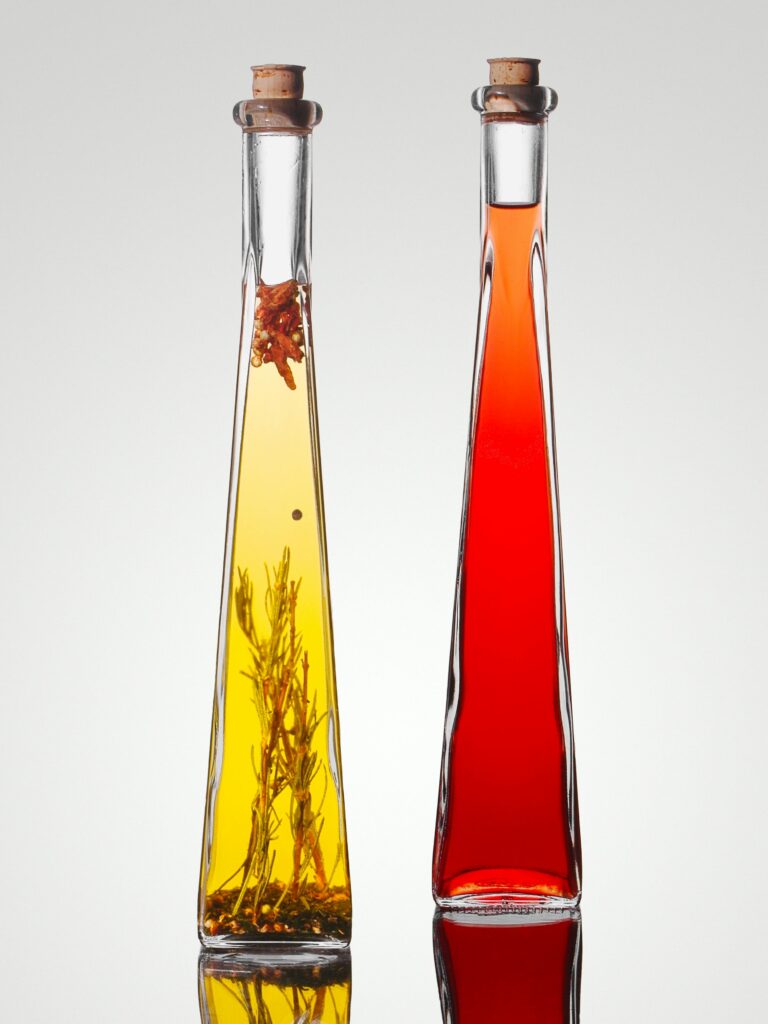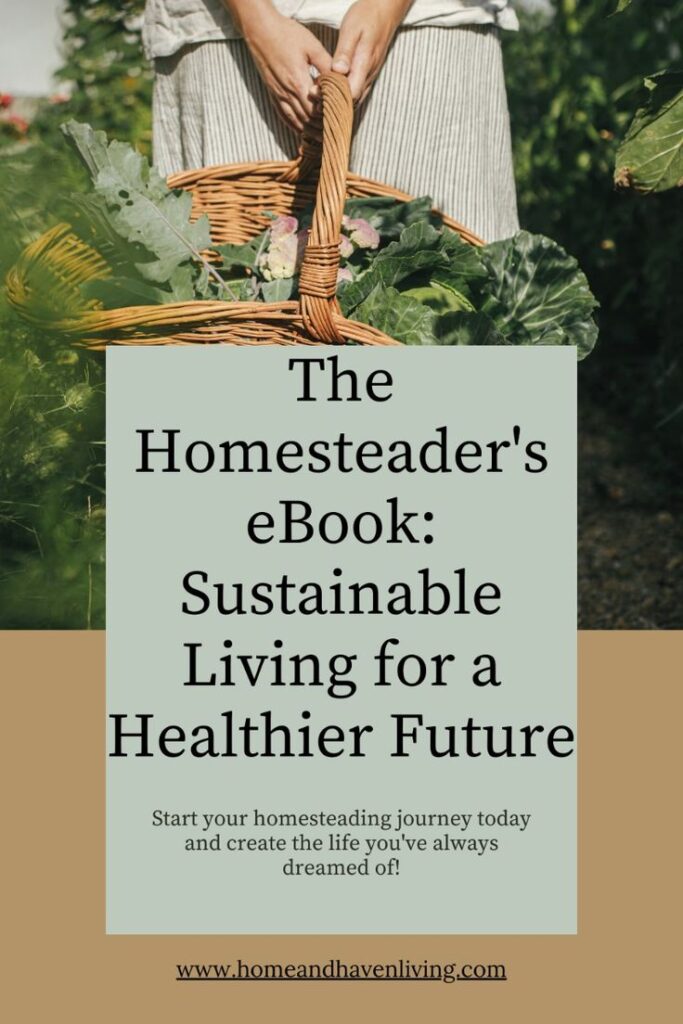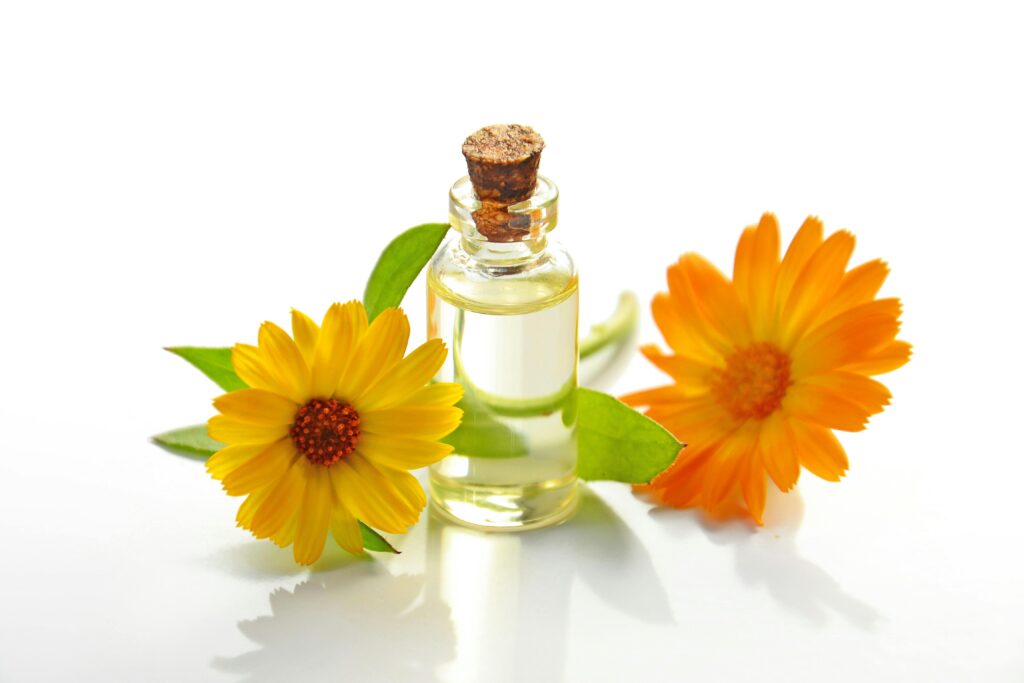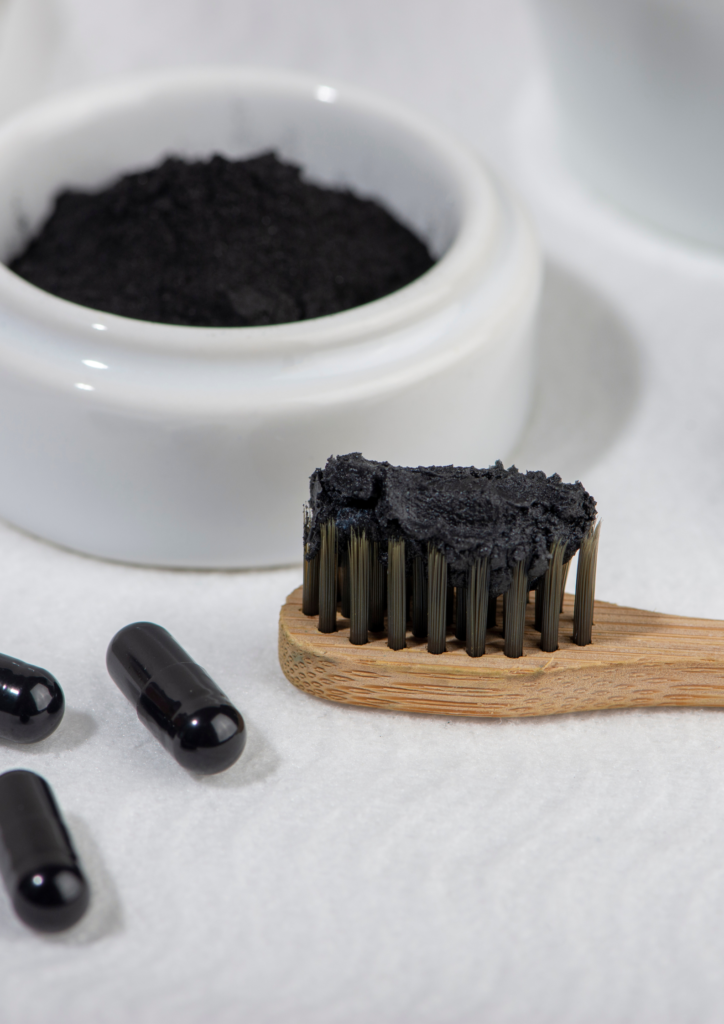Making Herbal Oils and Infused Vinegars: Perfect for Cooking, Skincare, or Medicinal Use

Infusing herbs into oils and vinegars is an age-old practice that bridges the gap between culinary art, skincare rituals, and natural remedies. These versatile elixirs allow you to capture the essence and healing properties of herbs, creating multi-purpose products that are both functional and delightful. Whether you’re looking to enhance your cooking, craft nourishing skincare, or create herbal remedies, making your own infused oils and vinegars is an empowering way to embrace natural living.
In this guide, we’ll explore the art of crafting herbal oils and vinegars, highlight their many uses, and explain why DIY is often better than store-bought. With step-by-step instructions, recipes, and sustainability tips, this comprehensive blog will inspire you to add a touch of nature to your daily life.
Why Make Herbal Oils and Vinegars Yourself?
Benefits of Homemade Infusions
- Customization: Tailor your creations with herbs suited to your specific needs.
- Purity: Control the quality of ingredients, ensuring no additives or preservatives.
- Sustainability: Use reusable containers and locally sourced herbs to minimize waste.
- Cost Savings: Premium herbal oils and vinegars can be expensive when store-bought.
Drawbacks of Store-Bought Options
- Chemical Additives: Many commercial products contain synthetic preservatives and artificial fragrances.
- Quality Concerns: Store-bought oils and vinegars often use lower-grade herbs or oils.
- Excess Packaging: Single-use plastics and non-recyclable materials contribute to environmental harm.
Uses for Herbal Oils and Vinegars
| Application | Oil | Vinegar |
|---|---|---|
| Culinary | Flavored cooking oils | Salad dressings, marinades |
| Skincare | Body oils, massage oils | Skin toners, natural hair rinses |
| Medicinal | Topical remedies for pain or dryness | Antiseptic, digestion aid |
| Cleaning | – | Natural disinfectant |

Common Herbs for Infusing
| Herb | Best Used For | Key Benefits |
|---|---|---|
| Rosemary | Cooking, hair care | Antioxidant, improves circulation |
| Lavender | Skincare, relaxation | Calming, anti-inflammatory |
| Chamomile | Skin soothers, medicinal oils | Anti-inflammatory, reduces redness |
| Mint | Culinary, medicinal vinegars | Refreshing, aids digestion |
| Basil | Cooking oils | Antioxidant, antibacterial |
| Thyme | Medicinal oils, cleaning | Antimicrobial, boosts immunity |
| Calendula | Skincare oils | Healing, soothing |
How to Make Herbal Oils
Ingredients
- Carrier oil (olive, almond, or grapeseed oil)
- Dried herbs of your choice
- Airtight jar
Steps
- Fill a clean jar ⅔ full with dried herbs.
- Cover the herbs completely with your carrier oil.
- Seal the jar tightly and place it in a warm, sunny spot for 2-6 weeks, shaking occasionally.
- Strain the mixture through a cheesecloth or fine sieve into a clean bottle.
- Store in a cool, dark place for up to a year.
Recipe: Lavender-Infused Relaxation Oil

| Ingredients | Amount |
|---|---|
| Dried lavender buds | 1 cup |
| Sweet almond oil | 2 cups |
Directions: Combine ingredients and infuse for 4 weeks. Use as a calming body oil or massage oil.
Garlic-Infused Oil (Cooking)
| Ingredients | Method | Uses |
|---|---|---|
| – 5 garlic cloves, crushed | 1. Add garlic and oil to a saucepan. 2. Heat on low for 10-15 minutes (do not boil). 3. Cool and strain into a clean jar. | – Drizzle over pasta, pizza, or vegetables |
| – 1 cup olive oil | 4. Store in the fridge and use within a week. |
Calendula Oil (Healing and Medicinal)
| Ingredients | Method | Uses |
|---|---|---|
| – 1 cup dried calendula flowers | 1. Combine calendula and oil in a jar. 2. Infuse in a sunny window for 4 weeks, shaking occasionally. 3. Strain and store in a dark bottle. | – Healing wounds – Making salves |
| – 1 cup olive oil |
How to Make Infused Vinegars
Ingredients
- Apple cider vinegar or white vinegar
- Fresh or dried herbs
- Airtight jar
Steps
- Place herbs into a clean jar, filling it about halfway.
- Cover completely with vinegar, leaving some space at the top.
- Seal the jar and let it sit in a cool, dark place for 2-4 weeks, shaking daily.
- Strain the vinegar and transfer it to a sterilized bottle.
Recipe: Rosemary Garlic Culinary Vinegar

| Ingredients | Amount |
|---|---|
| Fresh rosemary | 3 sprigs |
| Garlic cloves | 2, crushed |
| Apple cider vinegar | 2 cups |
Directions: Infuse for 2 weeks. Use in marinades or as a savory salad dressing base.
Rosemary & Thyme Vinegar (Cooking)
| Ingredients | Method | Uses |
|---|---|---|
| – 1 cup fresh rosemary sprigs | 1. Pack herbs into a clean jar. 2. Pour vinegar over herbs to cover. 3. Seal and store in a cool, dark place for 2-3 weeks, shaking occasionally. 4. Strain and store. | – Salad dressings – Marinades |
| – 1/2 cup fresh thyme sprigs | – Roasted vegetables | |
| – 2 cups apple cider vinegar |
Elderflower Vinegar (Skincare)
| Ingredients | Method | Uses |
|---|---|---|
| – 1 cup dried elderflowers | 1. Combine elderflowers and vinegar in a clean jar. 2. Infuse for 2-4 weeks, shaking occasionally. 3. Strain and store in a dark bottle. | – Facial toner – Hair rinse |
| – 2 cups white wine vinegar |
Fire Cider (Immune-Boosting Tonic)
| Ingredients | Method | Uses |
|---|---|---|
| – 1/2 cup grated fresh ginger | 1. Add all ingredients to a large jar. 2. Cover with vinegar and seal tightly. 3. Infuse for 4 weeks, shaking daily. 4. Strain through cheesecloth and store in a clean bottle. | – Daily immune tonic |
| – 1/2 cup grated horseradish | – Zesty salad dressing | |
| – 1/2 cup chopped onion | ||
| – 10 cloves garlic, minced | ||
| – 1-2 fresh hot peppers, sliced | ||
| – 2 cups apple cider vinegar |
Sustainability Tips
- Reuse Containers: Glass jars and bottles are perfect for storing your creations.
- Compost Herb Scraps: After straining, add leftover herbs to your compost bin.
- Source Locally: Support local farmers or grow your own herbs.
- Minimal Packaging: Making your own reduces reliance on packaged products.
- Potency: Store finished products in cool, dark places to maintain potency.

Key Takeaways
| Homemade Benefits | Store-Bought Drawbacks |
|---|---|
| Fully customizable and natural | Synthetic additives |
| Cost-effective | Expensive for quality options |
| Environmentally friendly | Excessive packaging |
| Multipurpose uses for health and home | Limited product versatility |
Conclusion
Crafting herbal oils and vinegars isn’t just a creative endeavor; it’s a step toward a healthier, more sustainable lifestyle. These DIY infusions are simple to make, cost-effective, and versatile, whether you’re enhancing a meal, nourishing your skin, or creating natural remedies. By choosing to create your own, you can control the quality, reduce waste, and connect more deeply with the power of nature.
As the saying goes, “Nature provides for all our needs.” Herbal oils and vinegars are a testament to this truth, offering a natural way to enrich your life while promoting wellness and sustainability. Embrace this practice, and let the power of herbs infuse every aspect of your daily routine.
References
- Holistic Health Institute. (2021). The Benefits of Herbal Infusions.
- Smith, A. (2020). Herbal Oils for Skin and Hair.
- National Institute of Health (NIH). (2022). Herbal Remedies: History and Uses.
- Sustainable Living Guide. (2021). Eco-Friendly Practices for Modern Homes.
As an Amazon Affiliate, we earn from qualifying purchases, but at no extra cost to you.



